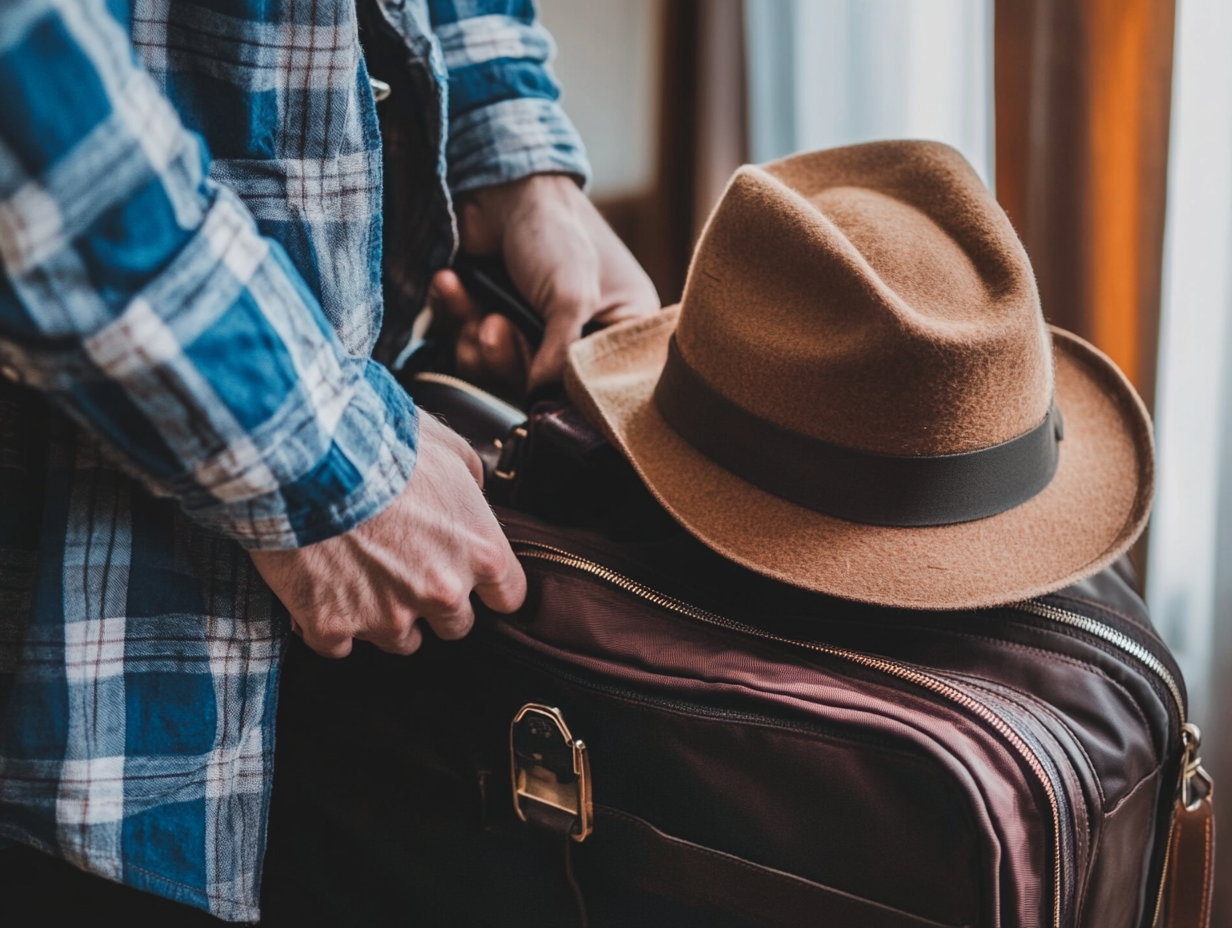From odour-resistant clothes to noise-cancelling earphones, these are the no-brainer travel essentials men swear by. Think packing smarter, not heavier.
Travelling brings out a different side of people. Some thrive on it, squeezing in quick weekend getaways like clockwork. Others plan their trips with military precision, down to the last pair of socks. Either way, every trip teaches you something, often starting with what you should not have packed (or what you forgot altogether).
Men, in particular, tend to lean on the basics, but that does not mean you should skip the smart stuff. Packing light is a flex, but packing right is what makes or breaks your travel day. Whether you are heading for a quick domestic break or a long-haul adventure, here are seven travel essentials that are always in the backpack.
Here Are 7 Travel Essentials Men Never Must Always Pack:
1. Odour-Resistant Clothes
Let us face it – nobody wants to be that person on the road. Odour-resistant fabrics are a lifesaver, especially when you are trying to pack light and rewear without shame. Opt for lightweight, breathable materials that do not cling to smells. Fewer clothes, less bulk, no awkward situations.
2. Comfortable Shoes
If your shoes are wrong, your trip is over before it begins. A good pair of travel shoes should not just look sharp, but feel like they were made for long walks, last-minute detours, and inevitable delays. For treks or off-road days, pick shoes with a strong grip and water resistance. Your feet will thank you later.
3. A Proper Grooming Kit
No, a travel toothbrush does not count as a full grooming plan. A waterproof trimmer, a compact razor, and your go-to essentials are non-negotiable. Looking presentable, even halfway up a mountain or mid-road trip, is a vibe.
4. Neck Pillow That Works
Sleep is hard to come by on the road. A good-quality neck pillow can be the difference between a sore neck and a fresh face when you land. It is not just about planes-buses, cars, even long waits at the airport lounge can wear you out. Invest in one that actually supports your neck, not just looks cute on your suitcase.
5. RFID-Protected Wallet
A smart wallet is a travel hero. Look for something slim, with just enough pockets for your ID, cards, and cash. RFID protection is the cherry on top – it blocks digital pickpocketing and gives you one less thing to stress about.
6. Noise-Cancelling Earphones
Trains, buses, hotel lobbies… the soundtrack to travel is not always soothing. Good noise-cancelling earphones can block out chaos and help you unwind, nap, or zone into your playlist. If you are the type who cannot sleep with noise, these are as crucial as your passport.
7. Your Entertainment Fix
Solo travellers, you know the drill. There will be downtime, there will be delays. Whether it is your favourite podcast, a half-read book, or a playlist that keeps you sane, make sure you download it all in advance. Keep your phone charged, pack your charger, and make room for whatever keeps you from spiralling in a layover queue.
Last thought? Do not leave these out. You may not need all of them on every trip, but the one time you do not pack them, you will wish you had. Think of it as smart packing, minus the stress.



